- info@naturebylennart.com

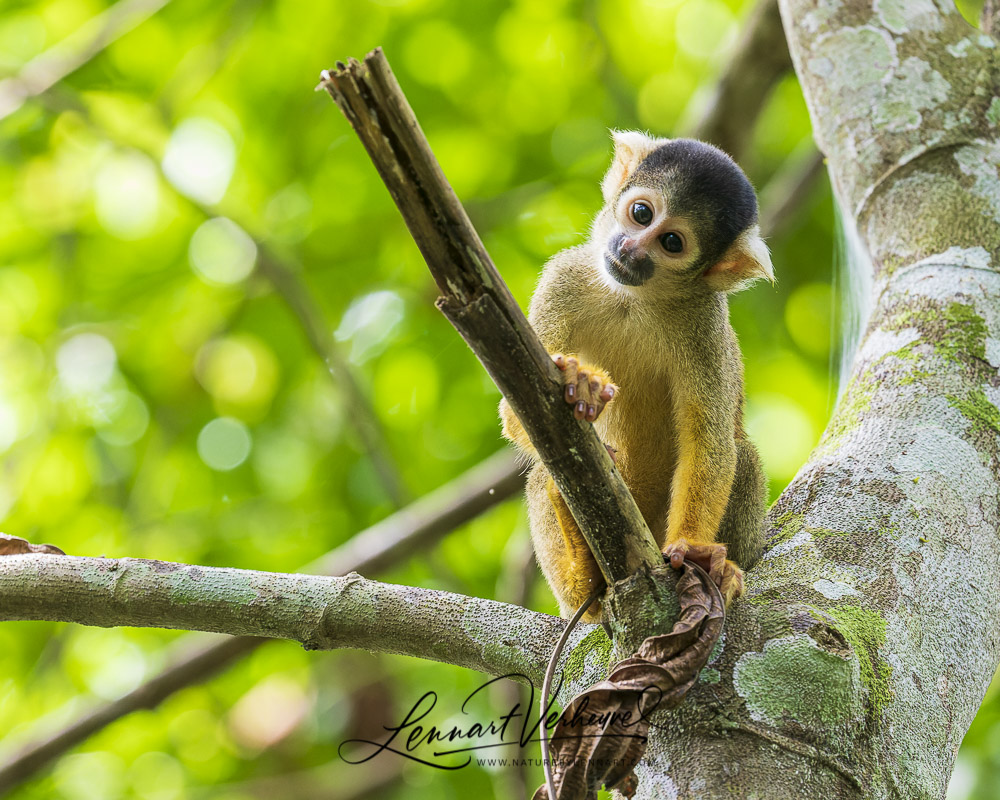
After Bolivia I went to Peru. First I spent two weeks at a language school in Cusco to learn Spanish and after that I went for three weeks into the Tambopata park in order to see as many animals as possible. My goal was to see at least one new wild cat, but sadly I did not succeed. Fortunately there were many other beautiful mammals to see: monkeys for instance!
At the place where I stayed I was able to see five species of monkeys. Every morning we woke up with the sound of howler monkeys en when we would walk through the rainforest during the day and would hear the leaves rustling we’d know what was up: a group of monkeys passing by! It wasn’t so easy to take a good picture, but three weeks is a pretty long time and I was able to take some nice pics home.
The Red Howler Monkey is the largest primate in the area. The male has a harem with a couple of females and the lot of them make much noise. Often however they stay right at the top of the trees which makes taking good photo’s difficult. Once however I was in luck to see one up close and that was enough!
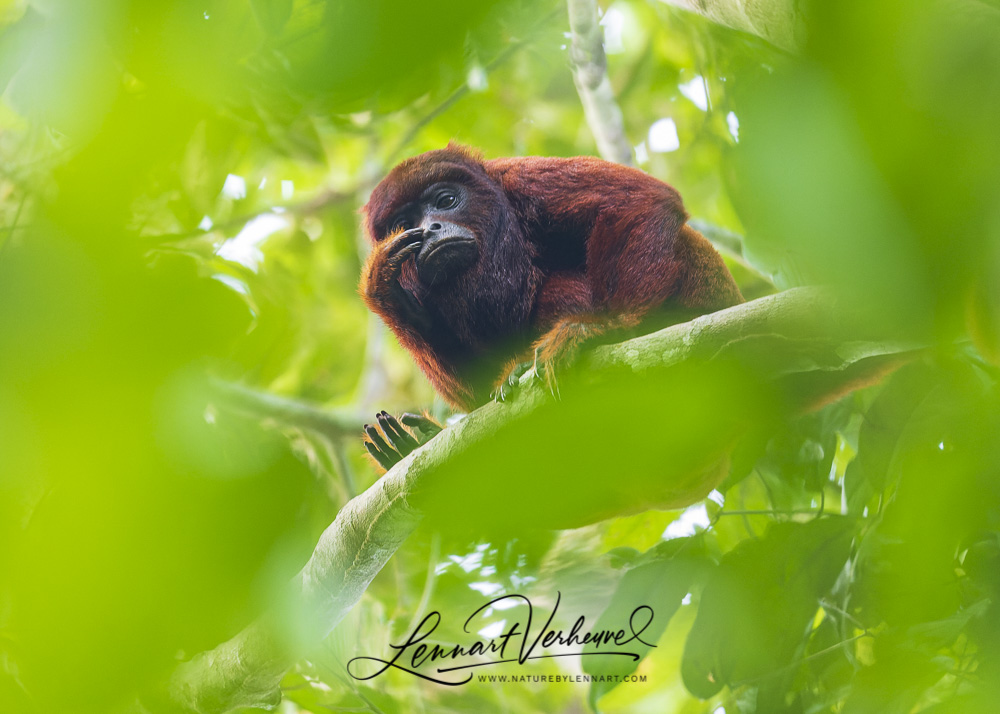
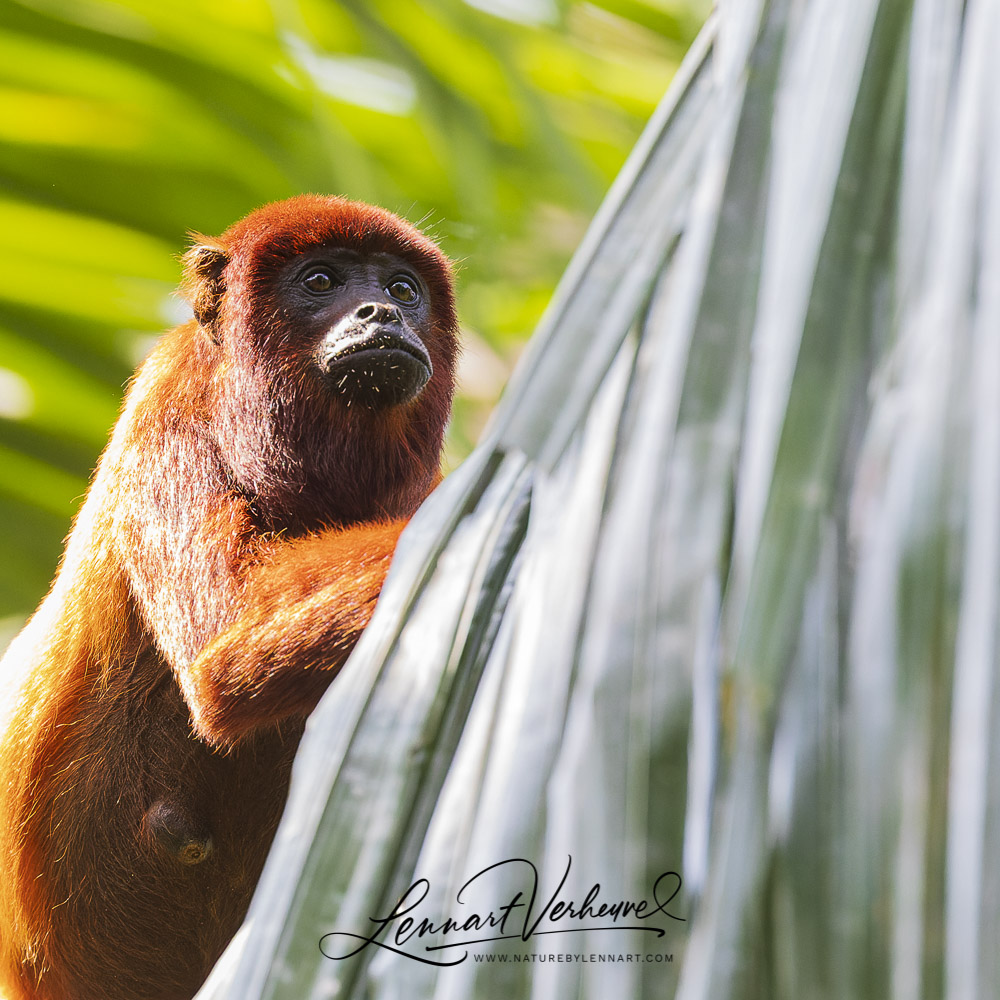
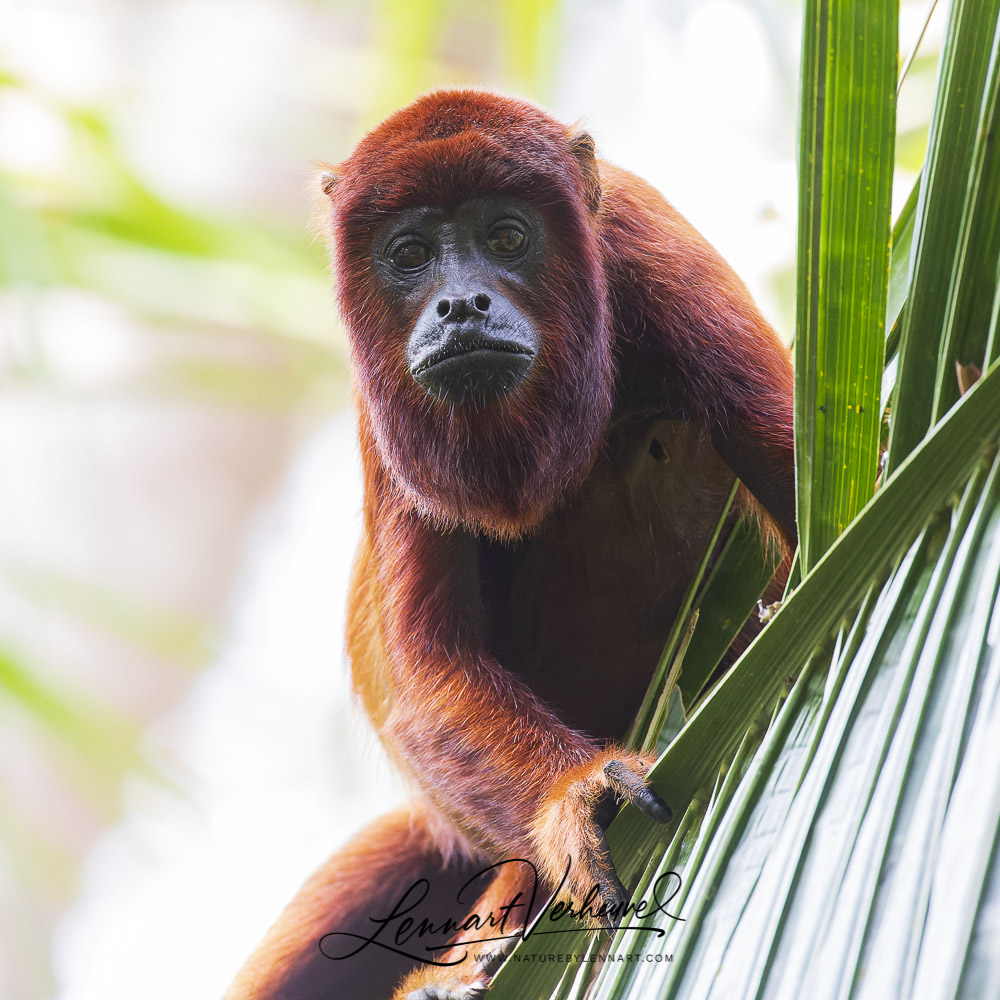
Juruá Red Howler Monkey
The Brown Capuchin Monkey is smaller than the howlers and lives with a number of peers together in a group. Together they cause all kinds of mischief in the forest. These monkeys eat almost anything. Also bird nests and eggs fall victim to their appetites when they encounter them. If offered the opportunity they will even catch birds and eat them!
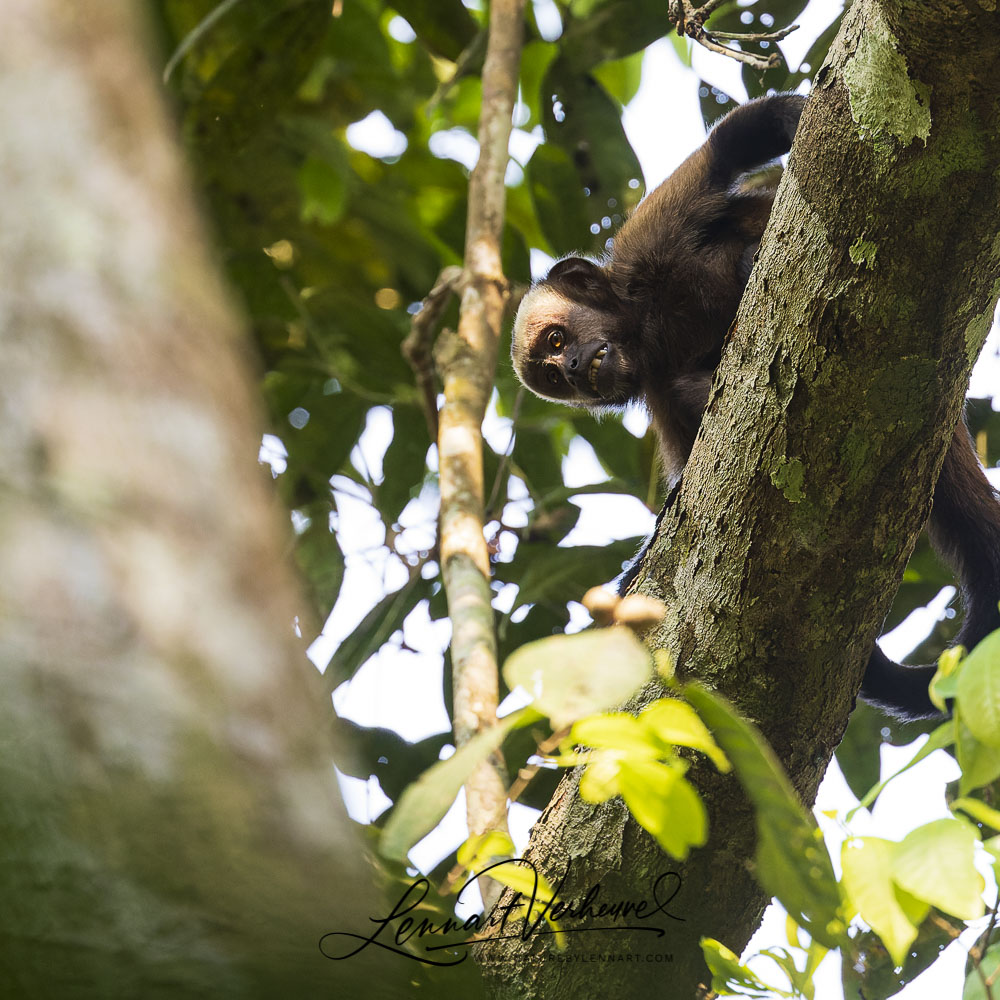
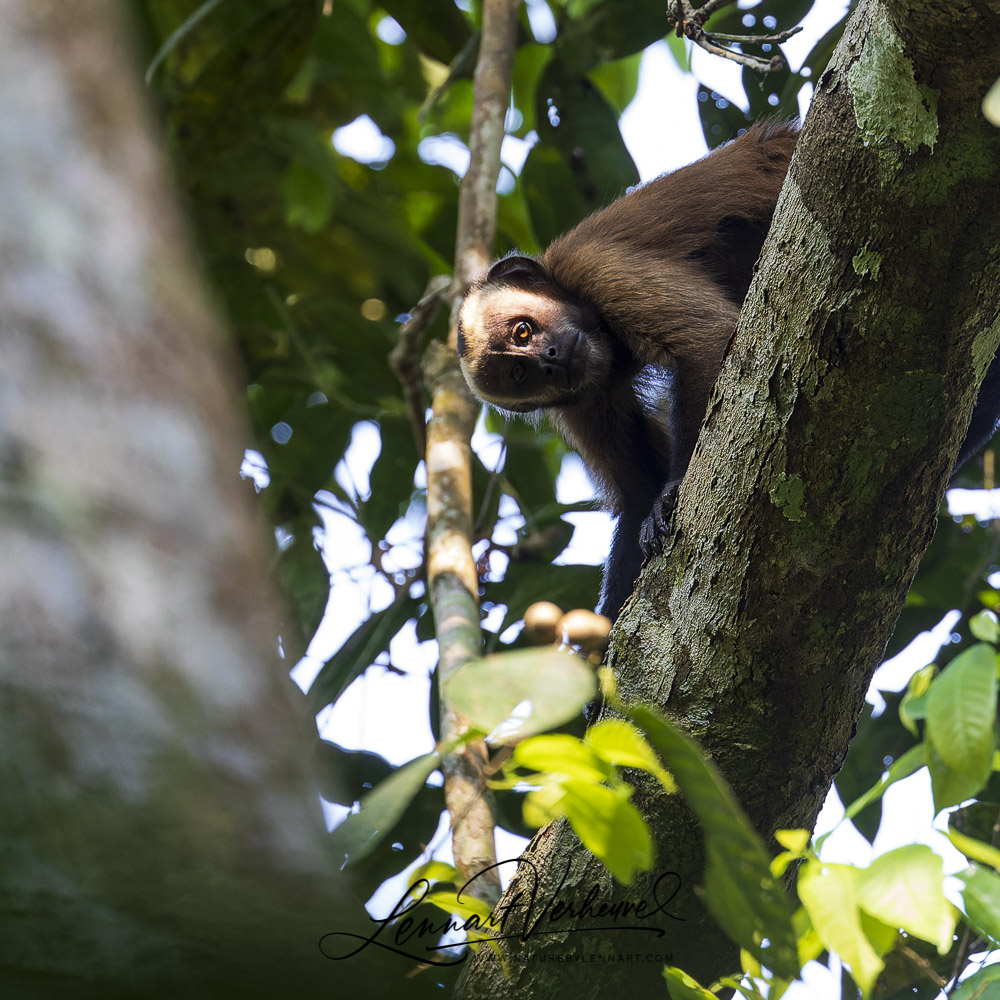
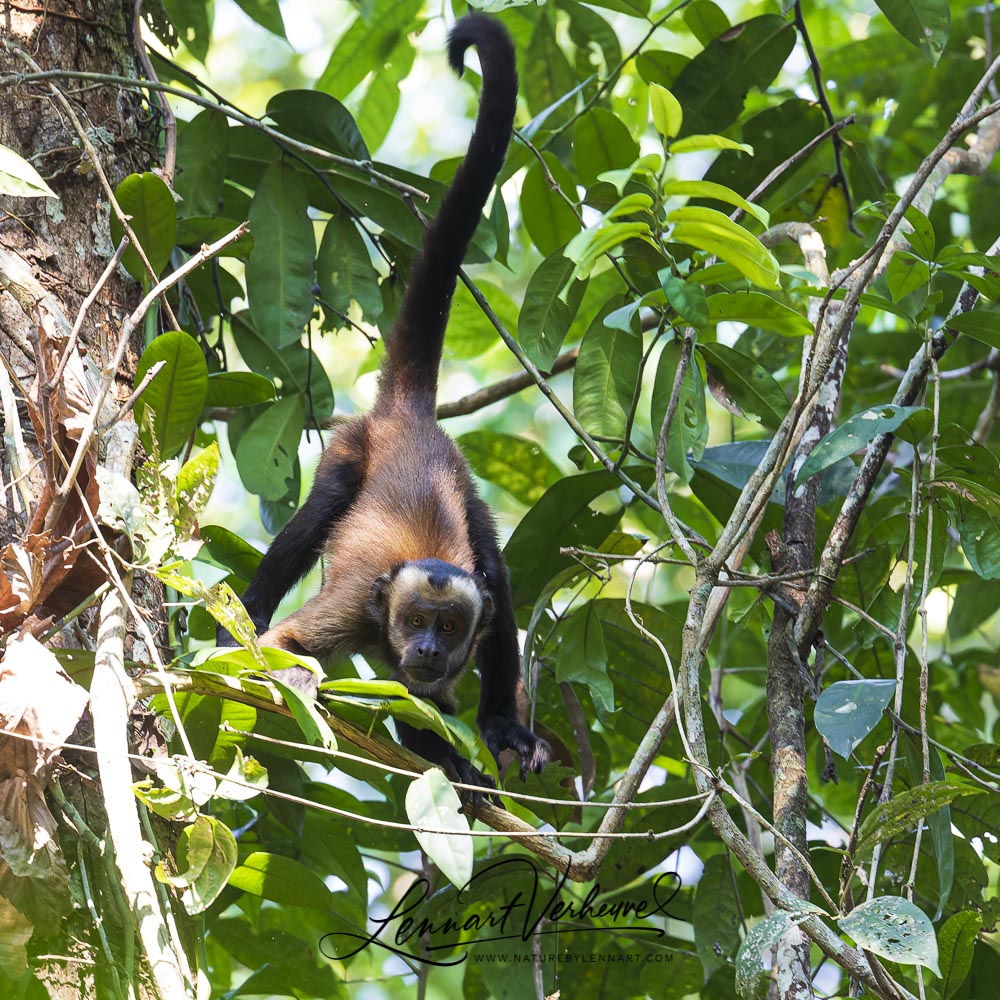
Brown Capuchin Monkey or Large-headed Capuchin
Dusky Titi Monkeys often just live as a couple together. These animals mate for life. They take good care of each other!
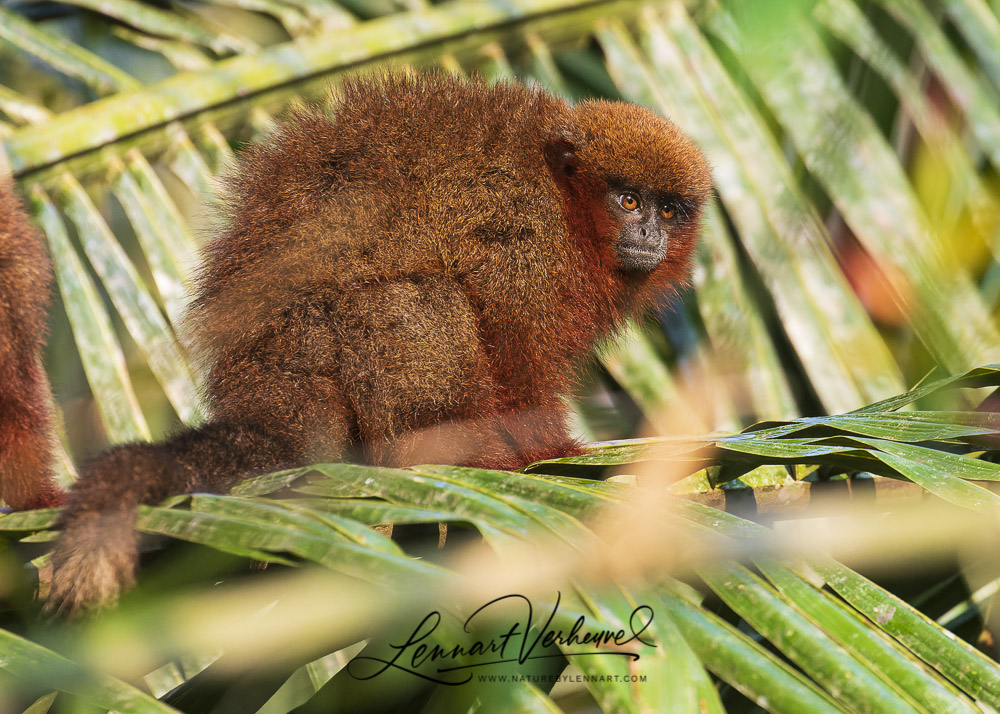
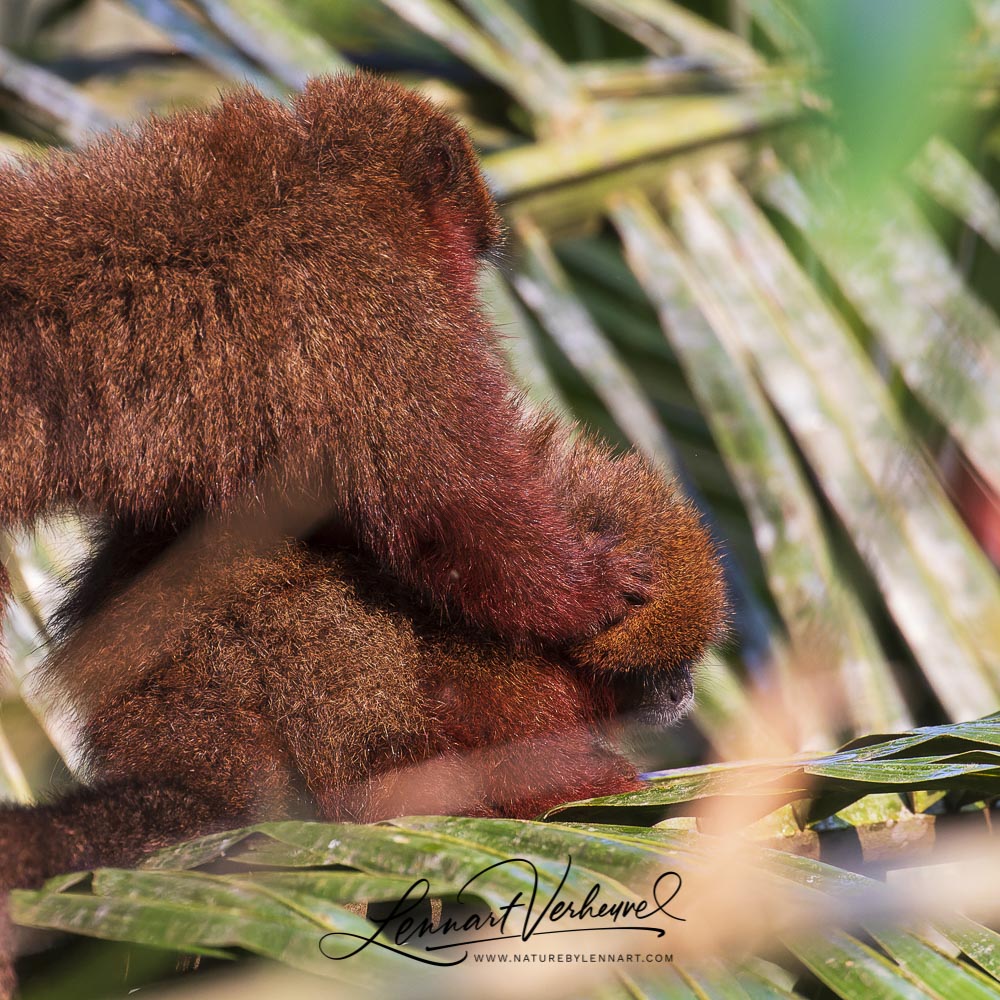
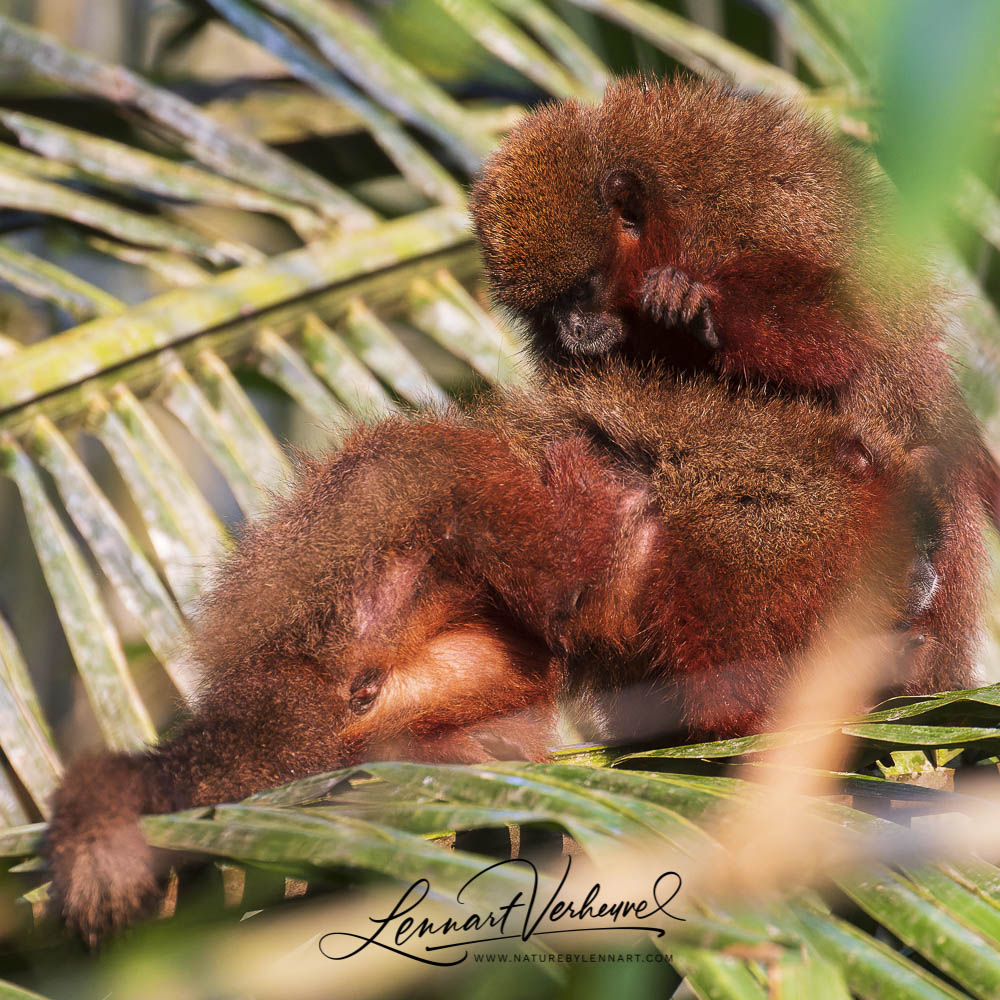
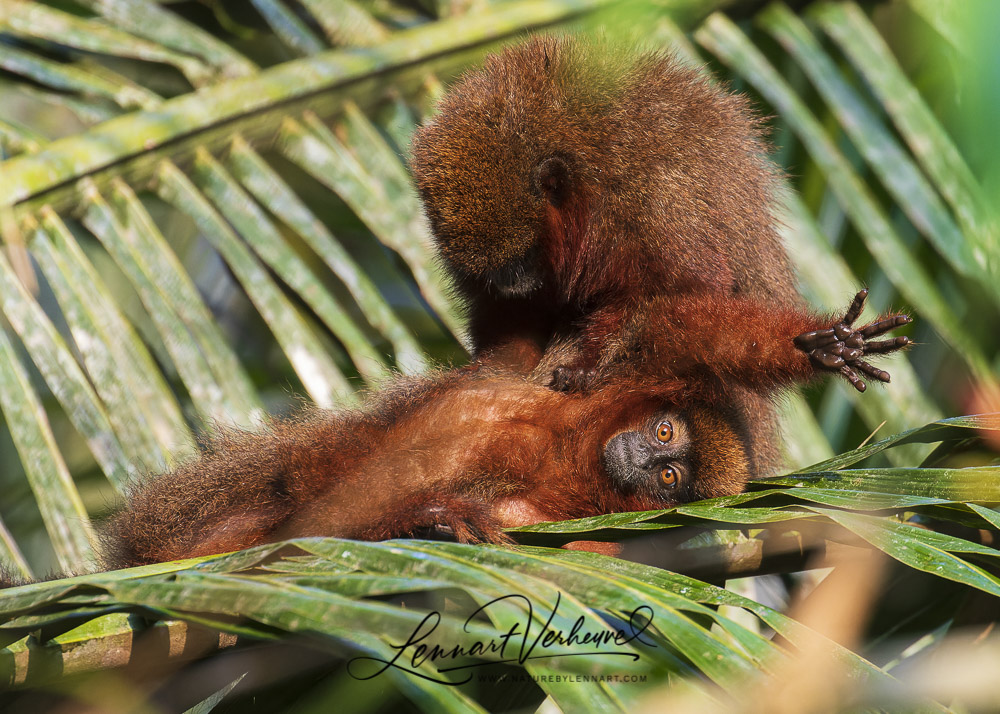
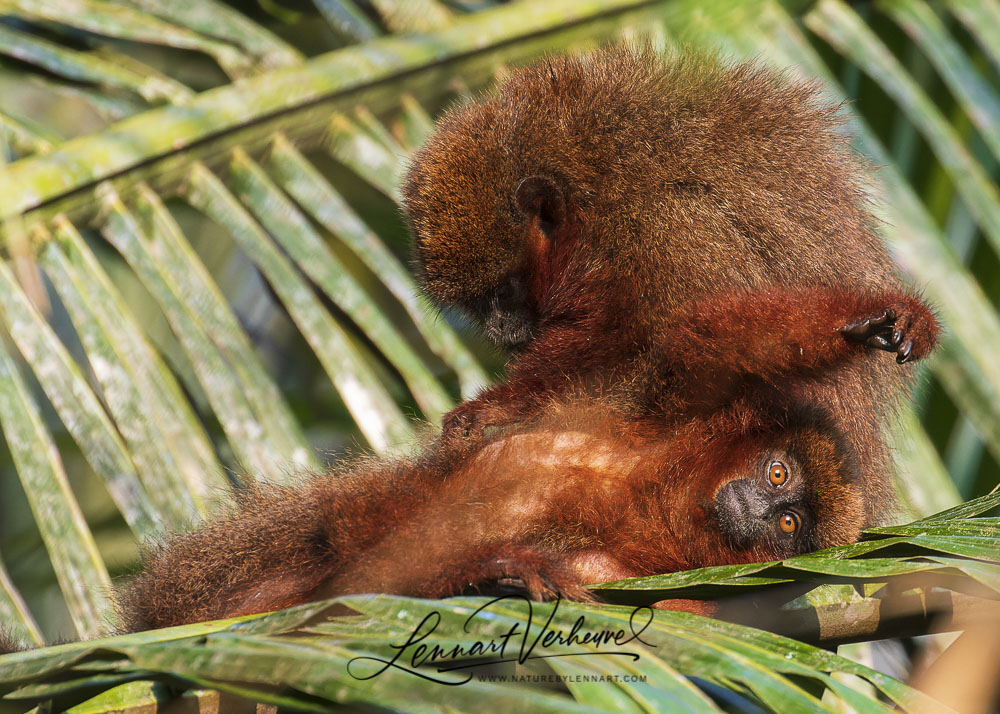
Dusky Titi Monkey
Still, the Bolivian Squirrel Monkeys were my favourites. They are rather small and can sometimes live in huge groups. I encountered once a group of about forty monkeys! They often have a sort of deal with the capuchins. The capuchins often move at a higher level through the trees and keep an eye on the sky while the squirrel monkeys keep an eye on the bottom and make sure no jaguar sneaks up on them. These monkeys are fast, but I was fortunate enough to encounter one that didn’t mind posing for a minute!
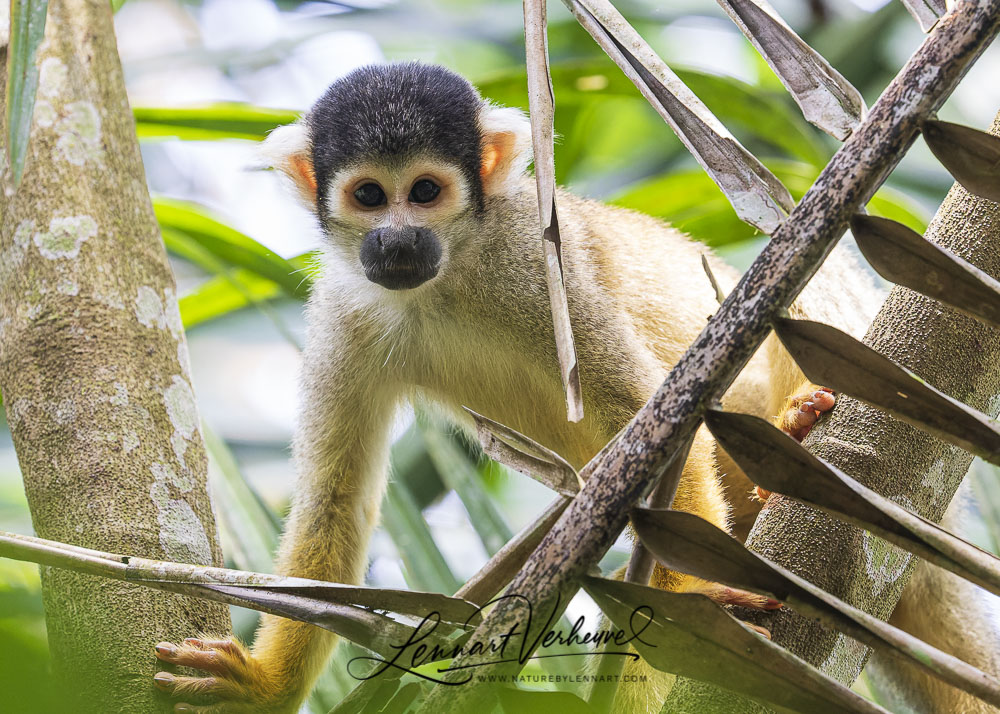
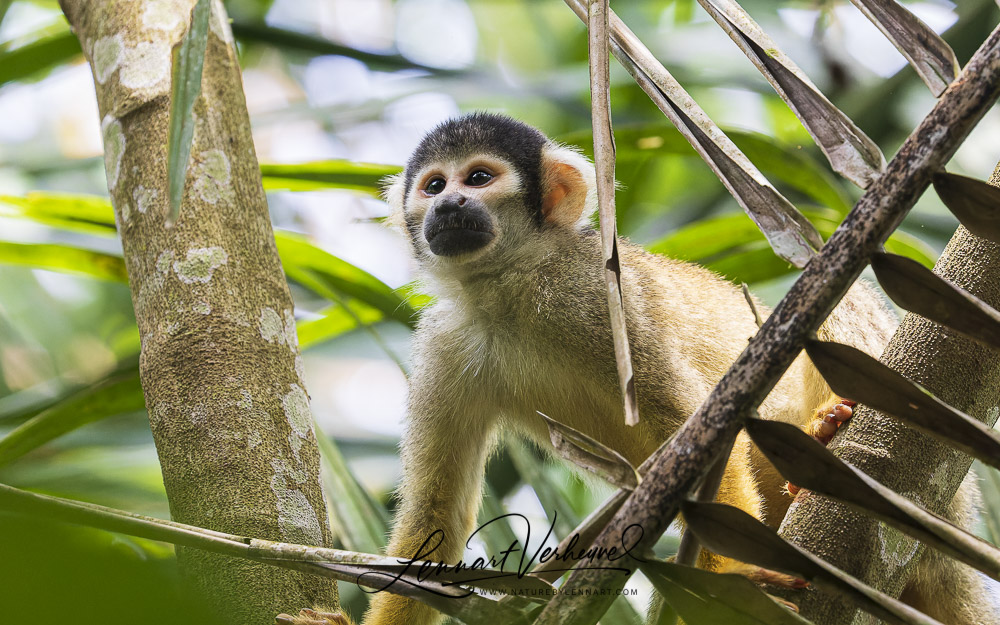
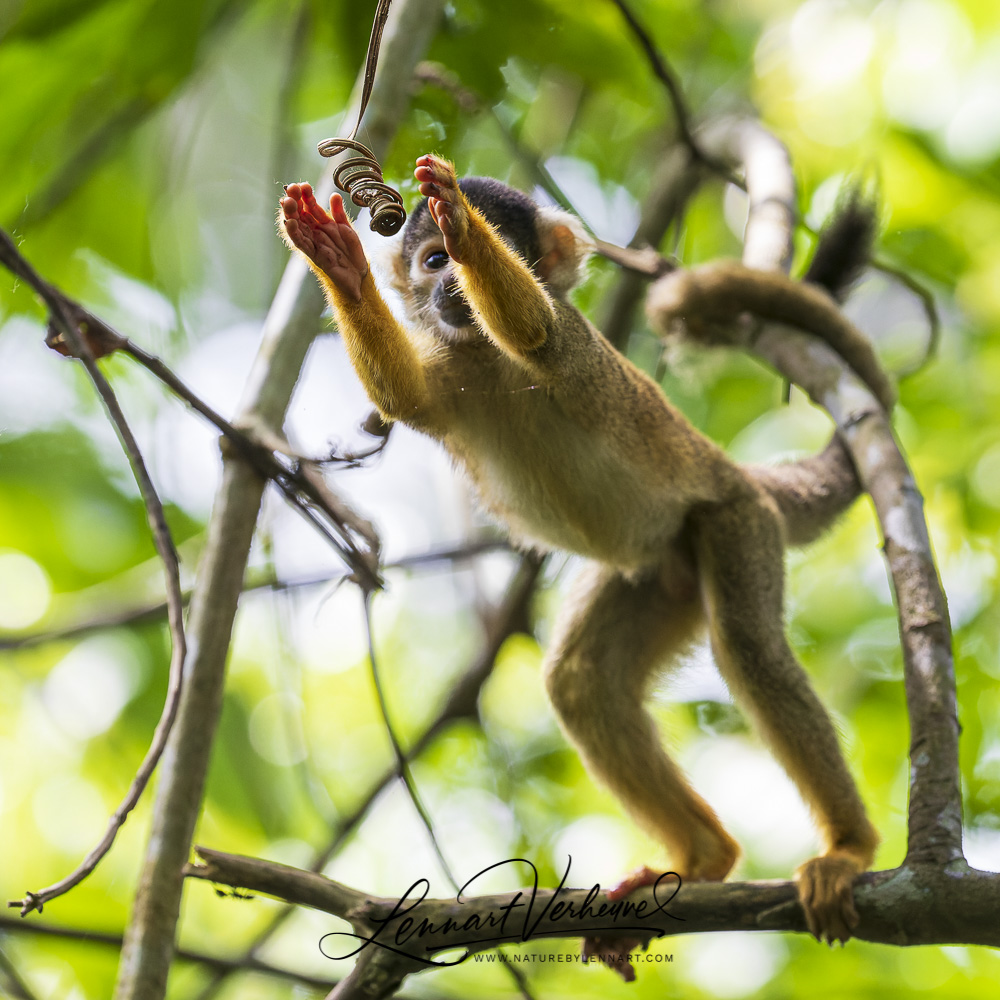
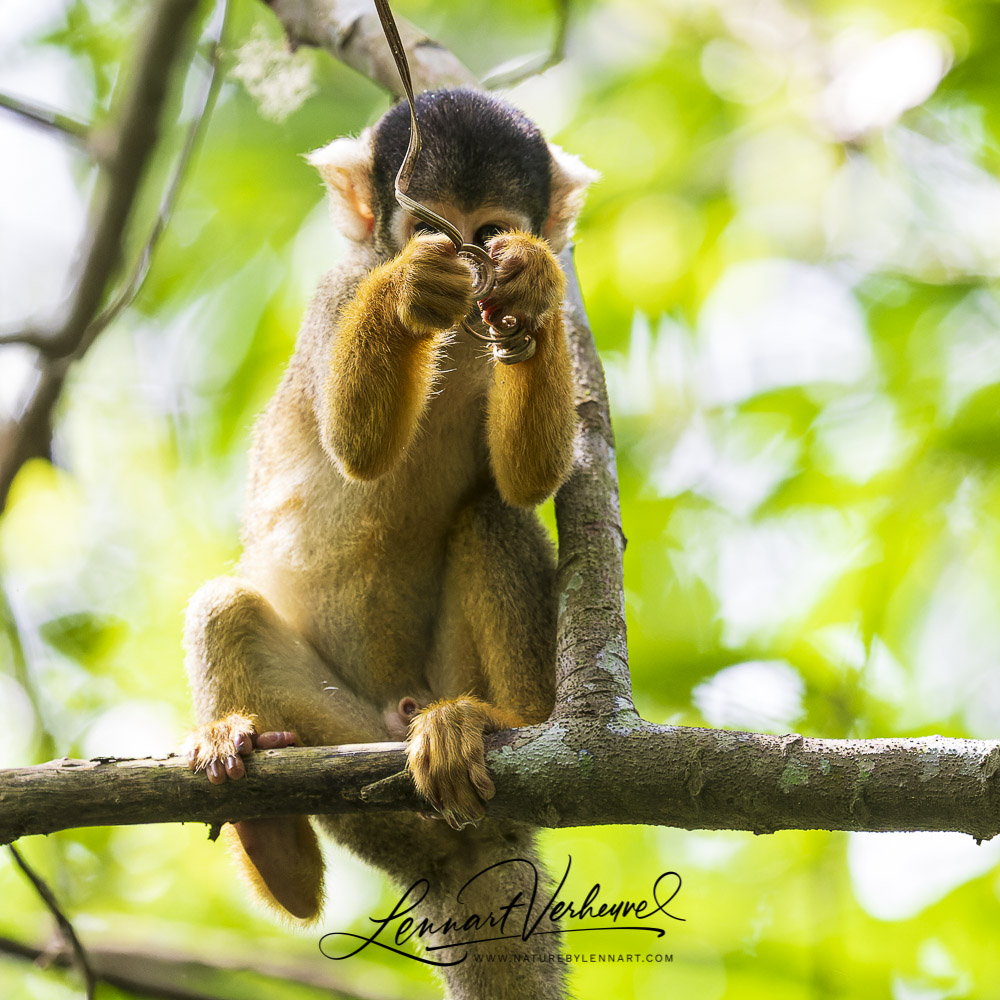
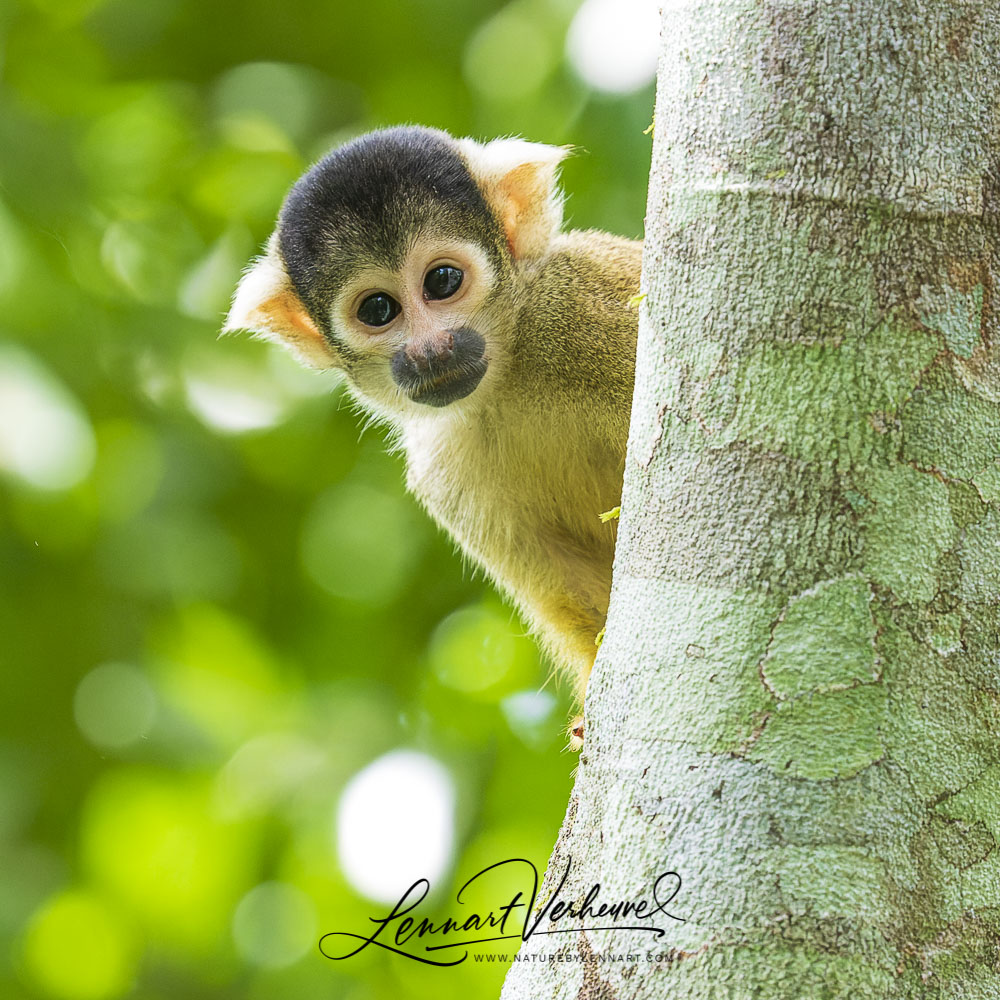
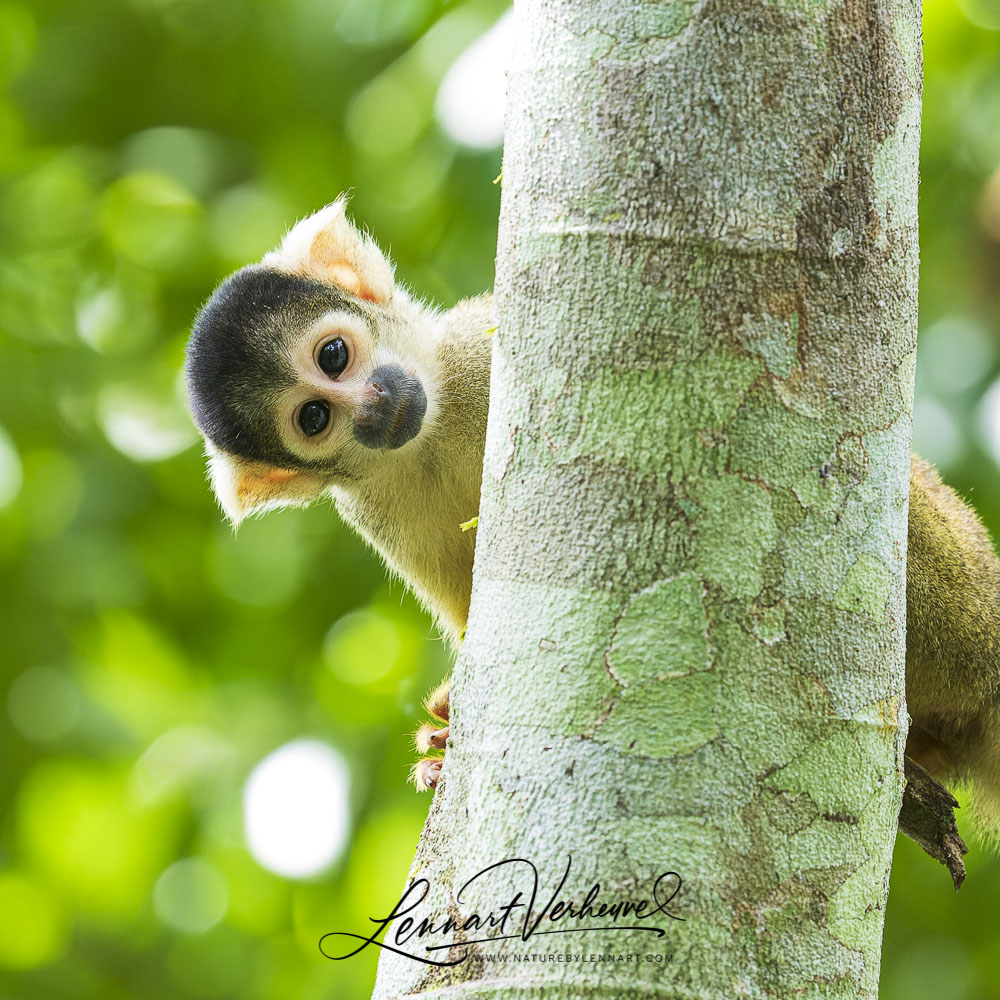
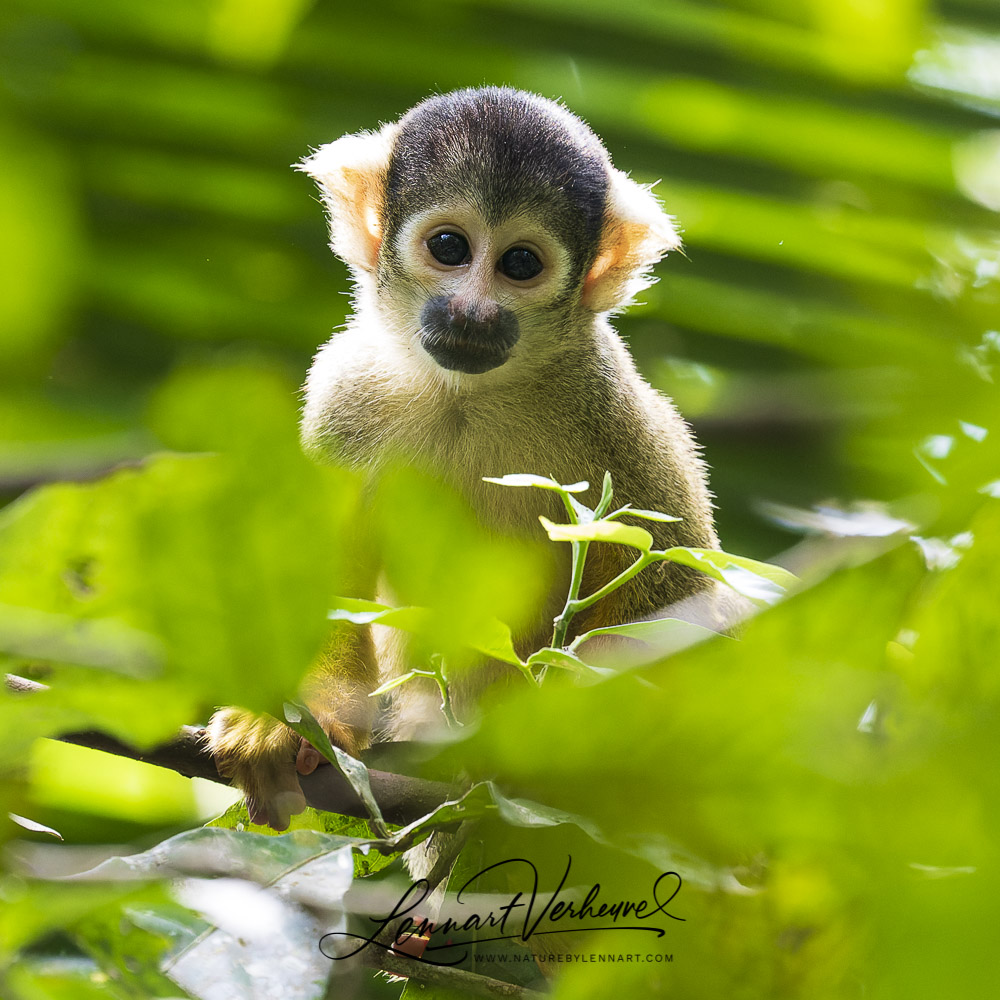
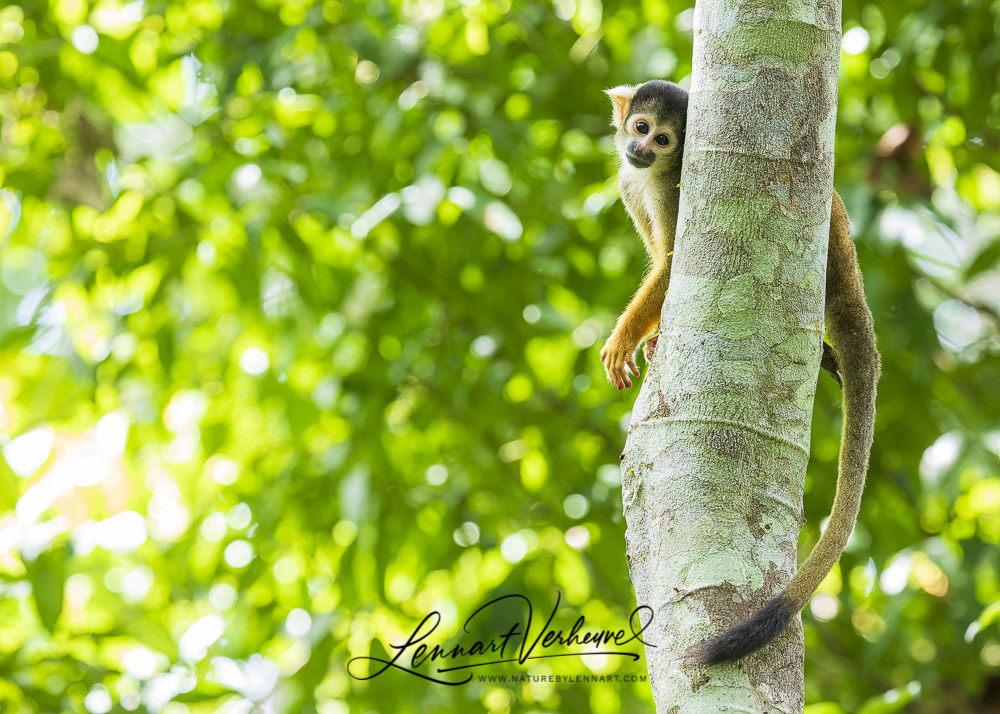

Bolivian Squirrel Monkey
Finally there are the Saddle-backed Tamarins. These monkeys are the tiniest and also live in rather large groups. The special thing about these is that there is a woman, the matriarch, in charge. These are also very nice monkeys to look at!
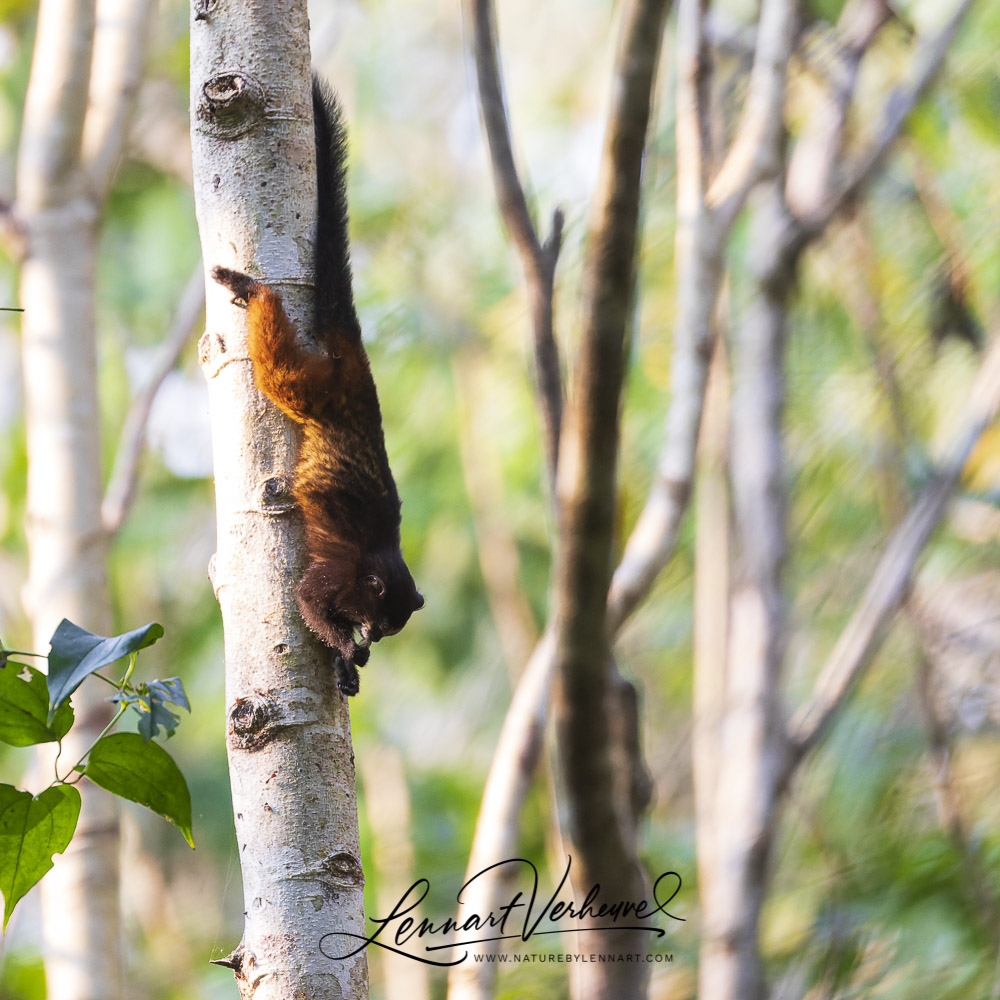
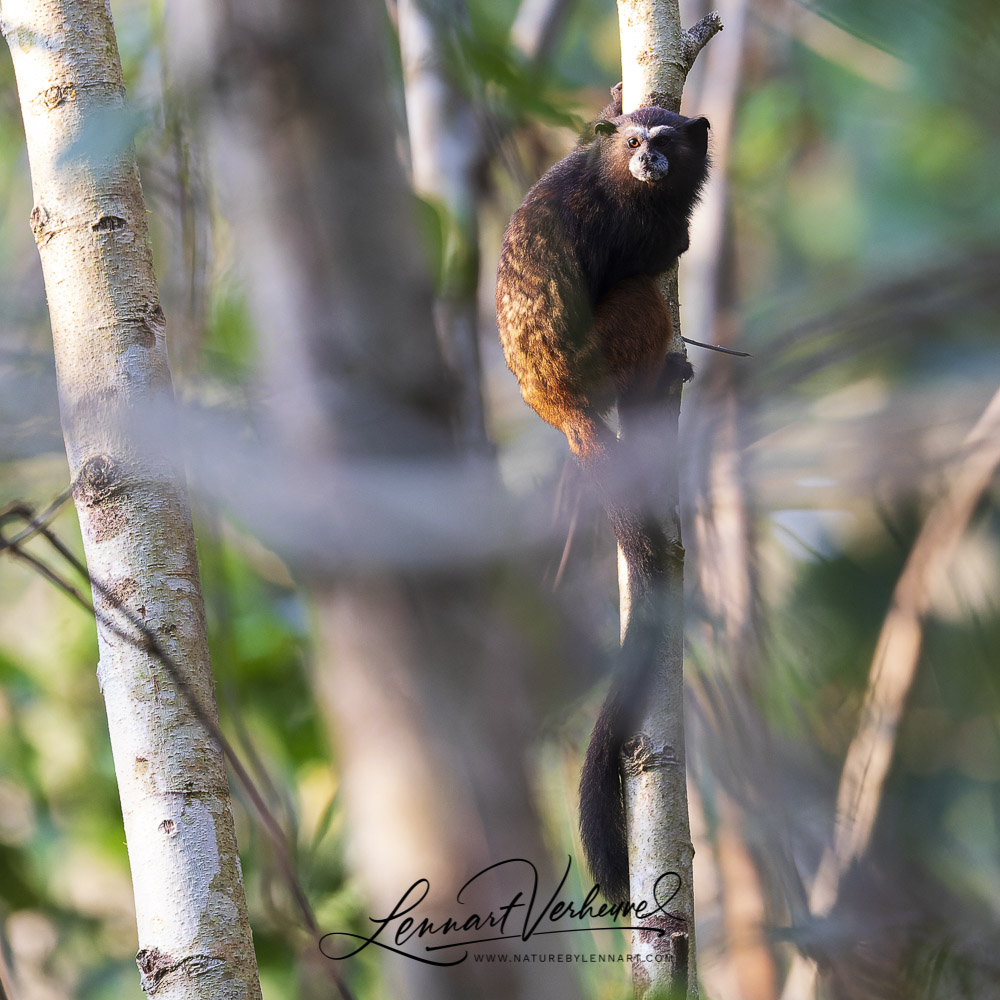
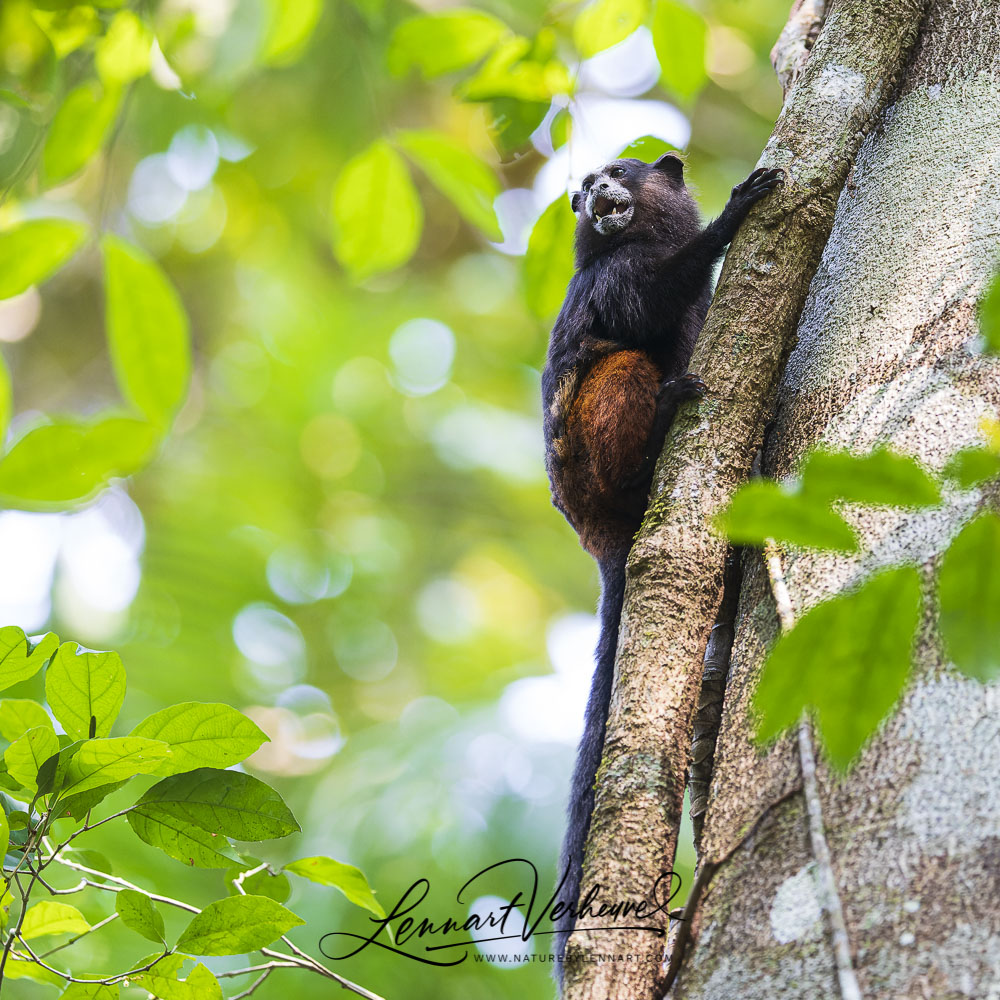
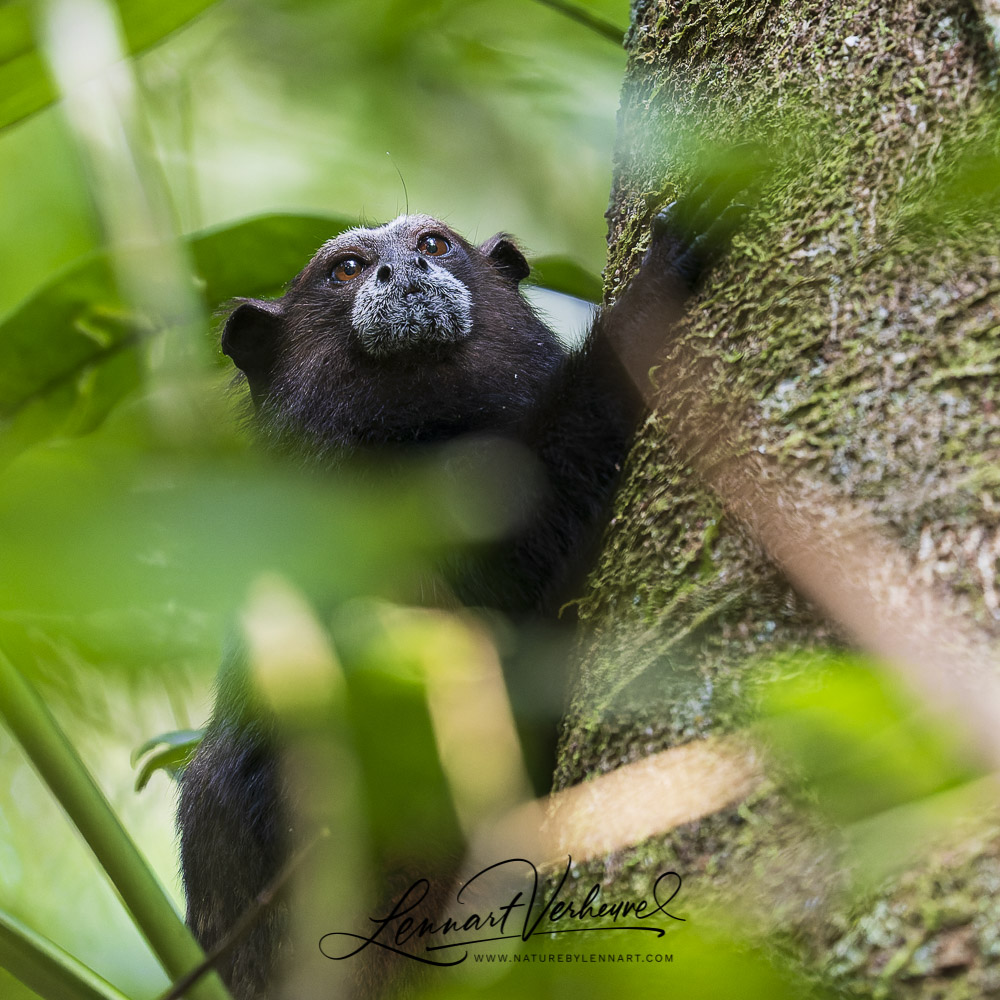
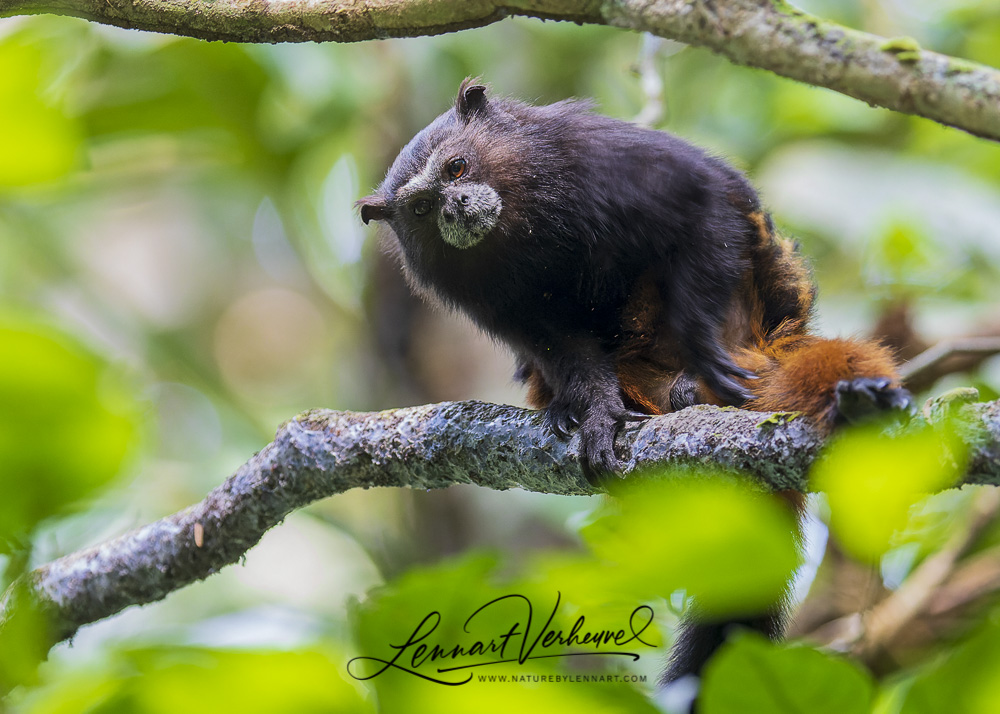
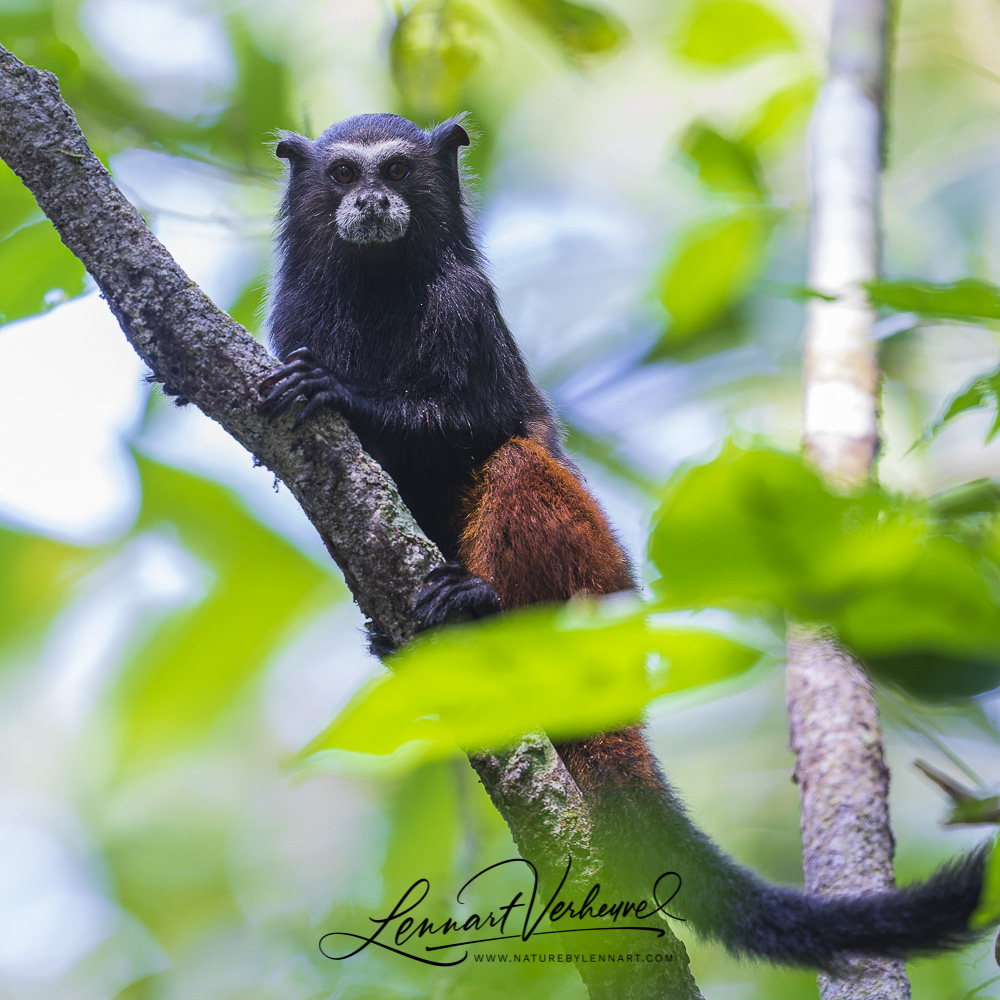
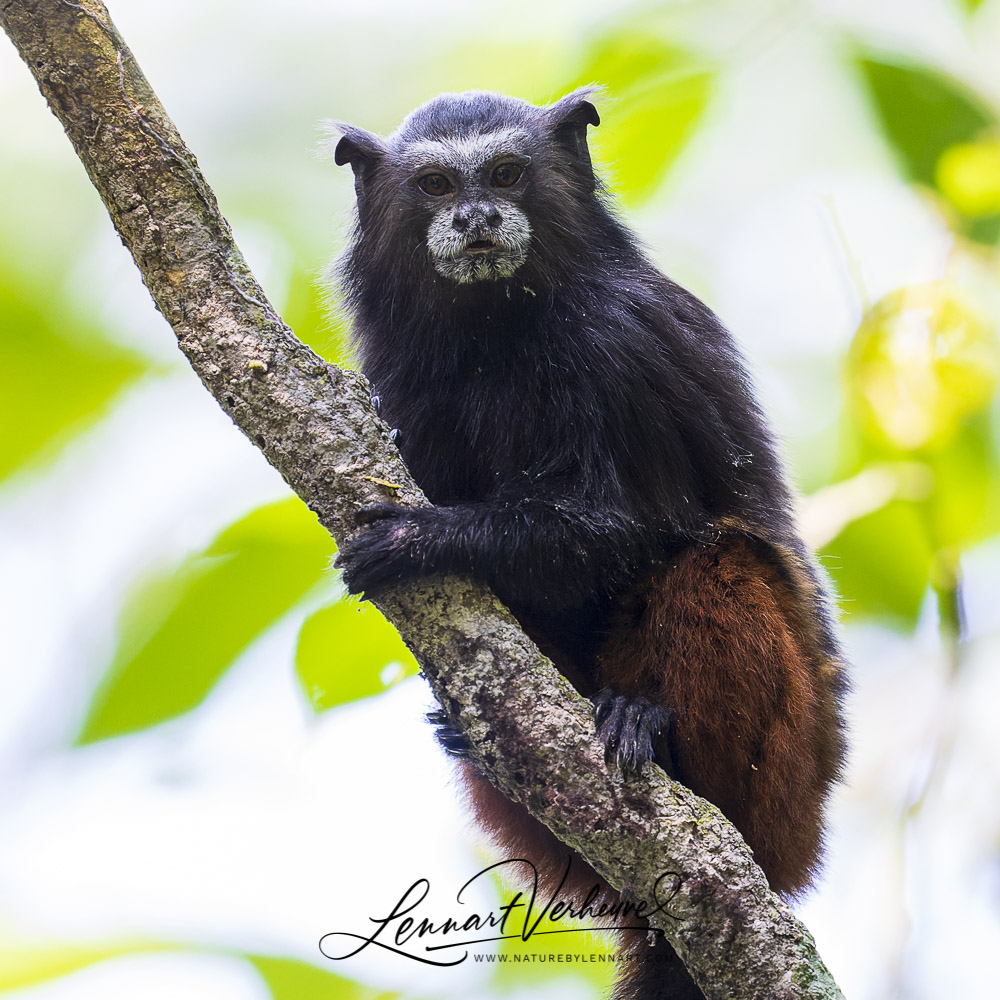
Saddle-backed Tamarin
Have a look at the links below to see more from my travels through South-America:
Click here for my encounters with the Puma’s of Torres del Paine!
I also met a pair of South-American Grey Foxes in Torres del Paine, click here for the pictures.
Have a look here for Giant Otters!
Have a look here for a photo report of Barba Azul Nature Reserve: home to the critically endangered Blue-throated Macaw and so much more!
Have a look at the various attractive birds of Patagonia here.
See here for a photo report of the extraordinary Inca Tern.
In the same category have a look at the bizarre and beautiful Andean Cock-of-the-rock!
Immerse yourself in the birds of the Amazon at a clay lick.
See here more landscape pictures from beautiful Patagonia.
Read about my experience with a solar eclipse in Chile.
And have a look at the amazing starry skies of the high Andes.
See here for a trip report.